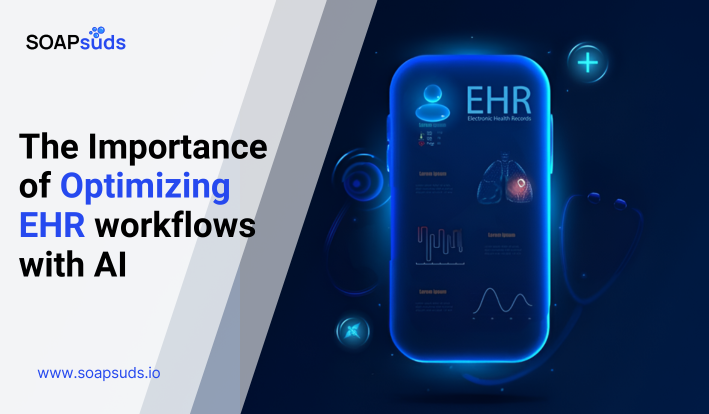The Impact of Automation on Patient Services in Healthcare
SOAPsuds team
Published: 3/6/2025
SOAPsuds team
Published: 3/6/2025

Optimizing your Electronic Health Record (EHR) workflow is essential. This guide provides useful strategies...

To improve the efficiency of your medical practice, it’s essential to first identify the factors...

Doctors are often extremely busy, seeing numerous patients throughout the day. After providing care...

AI-powered scribes are transforming the way healthcare documentation is managed, significantly reducing the time...

In 2009, the Obama administration introduced the HITECH Act, which significantly increased the use of...

The COVID-19 pandemic highlighted significant gaps in the healthcare sector, placing unprecedented pressure on healthcare...
Clinical Notes
SOAP notes
DAP notes
AI medical notes